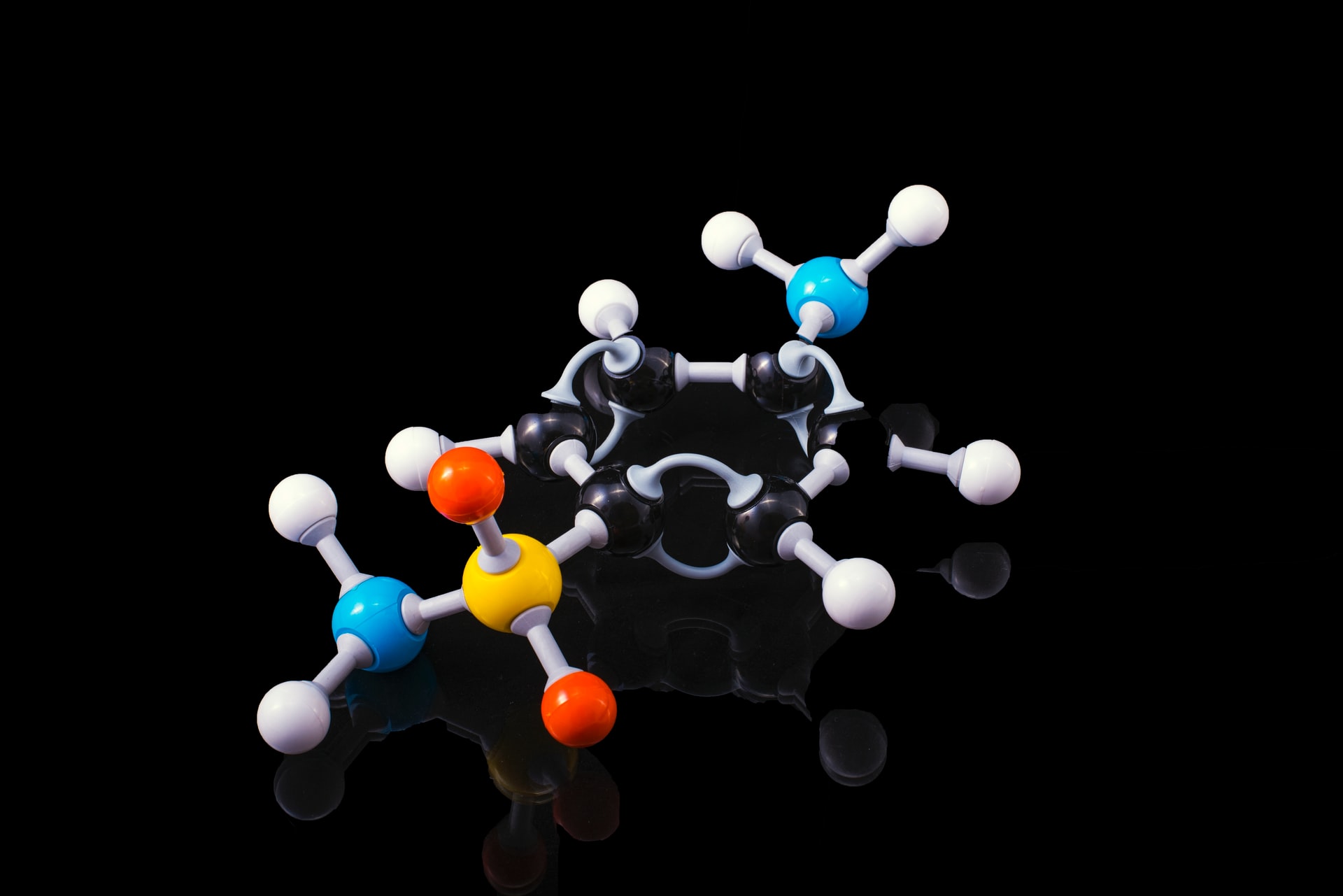What is Blue Hydrogen?

We are presently living in a deep decarbonization era where global economies are faced with the pressures of weighing energy market scenarios to meet the long-term temperature goals set in the Paris Climate Agreement. While many can debate over the nature of carbon emissions, climate change, and related matters and if it is necessary pay attention to doomsday sayers, it is critical to pay attention to cleaner living for better health.
While leading countries may only be paying lip service to this agreement and other countries may be virtue signaling, it is essential to look at practical ways to move toward clean energy. When talking about clean energy, we are talking about clean air, clean water, and other aspects that help to preserve the quality of life while having abundant energy to utilize as the energy demand increases.
We know for a fact that energy demand will increase as we shift from a physical world to a digital world. If that is the case, then more energy consumption may take place through servers, computers, and other devices. In that scenario, you need more powerful and abundant energy that is clean, efficient, and cost-effective.
Zero-carbon renewable energy has emerged as the new direction every nation must take to keep the Earth clean in more ways than one. A cleaner earth means higher quality of life across the board for those involved in the energy supply chain itself and for those who are breathing in the air, drinking water, and affected by the effects of more unclean fuels. Blue hydrogen is most likely to play a primary part in the global scene’s pursuits for the energy transition.
But what is blue hydrogen?
Three types of Hydrogen
There are three types of hydrogen
- Gray Hydrogen
- Blue Hydrogen
- Green Hydrogen
Gray hydrogen is abundant in use and technology right now but it releases much more CO2. Blue Hydrogen is focused on taking out over 80% of the CO2 emissions. One will see that blue hydrogen is becoming more relevant in the world today because of the fact that it is feasible. Finally, green hydrogen is about fully eliminating CO2 emissions.
What is Blue Hydrogen?
Blue hydrogen is steadily emerging as one of the most effective fossil fuel off-ramps in the current decarbonization world. Blue hydrogen is derived from natural gas sources like methane through Auto Thermal Reforming (ATR) and Steam Methane Reforming (SMR). The carbon dioxide gas produced in the ATR and SMR processes is captured and stored underground.
As you can see, this taps into a more practical source of energy and creates massive value.
Is Blue Hydrogen Renewable?
Well, blue hydrogen is not renewable. Even though it is a clean source of energy, blue hydrogen is derived from fossil fuels. The resulting carbon dioxide is captured and stored underground using Carbon Capture, Utilization, and Storage (CCUS) technologies, producing pure hydrogen as the main product.
Is there a Demand for Blue Hydrogen?
There’s a growing demand for blue hydrogen all over the globe. Industry leaders and regulatory authorities worldwide have initiated plans to introduce hydrogen in their energy supply mix. In particular, economies have staged debates on whether they should adopt green or blue hydrogen in their power supply systems.
However, a report by the International Renewable Energy Agency considers green hydrogen to be two to three times more expensive than its blue counterpart; an aspect that reveals why the demand for blue hydrogen will continue to increase over the years. Similarly, the increasing presence of giant oil corporations in the manufacture of blue hydrogen reveals its nature as a futuristic energy source.
Again, while green hydrogen is fantastic, it is necessary to note that moving from current forms of energy supply to future forms of energy supply can be quite expensive. It can be expensive in more ways than one, especially in intermittent energy sources that may not be able to provide as much reliable power if one does not account for energy storage.
How LNG and blue hydrogen work together
LNG contains methane that may be used as a raw material in blue hydrogen production through partial oxidation and SMR. The production of blue hydrogen greatly depends on LNG products. Here, LNG undergoes natural gas reforming as an advanced production process that relies on the existing natural gas delivery processes.
